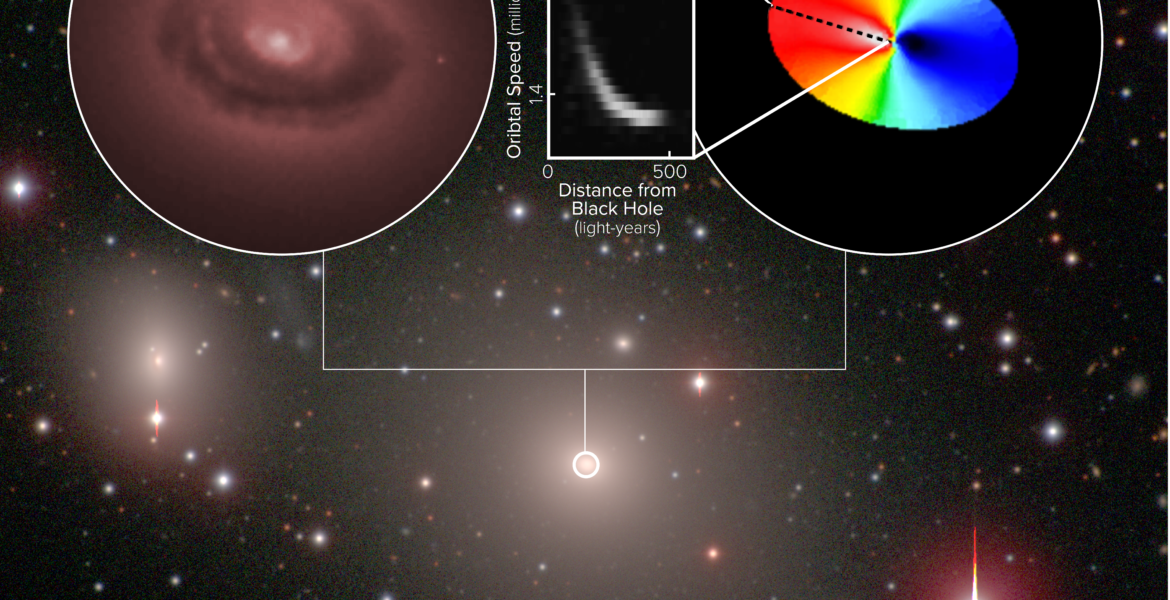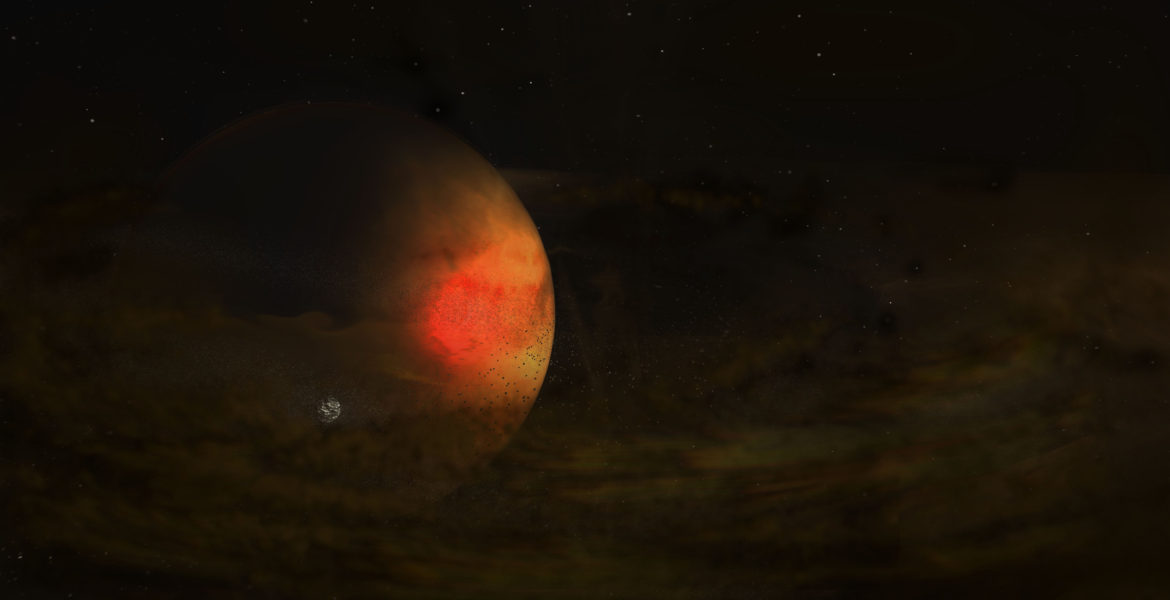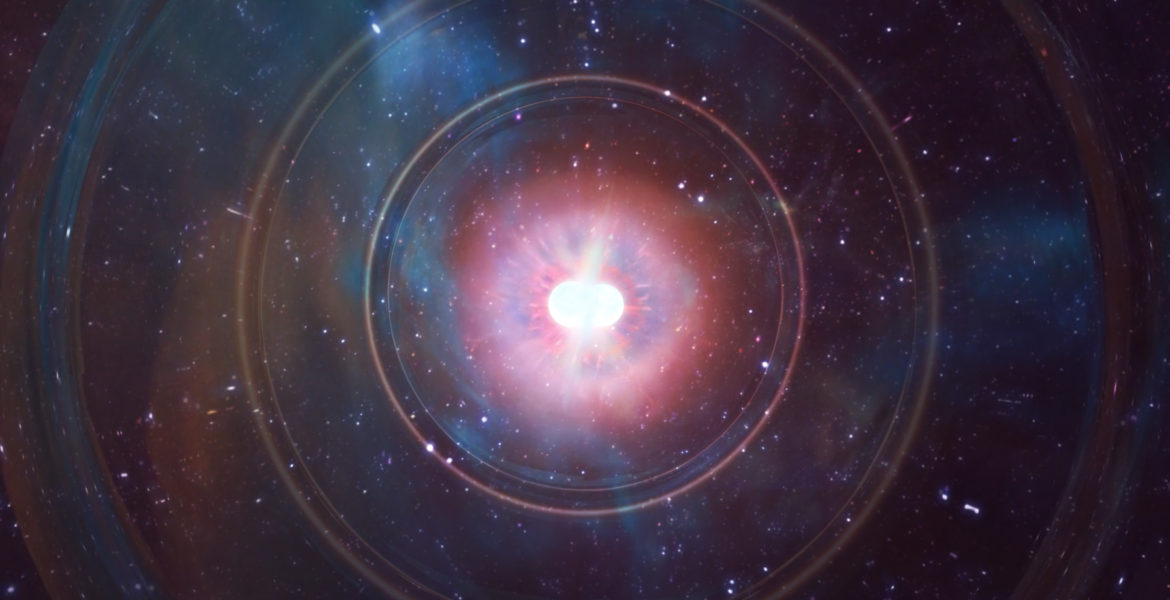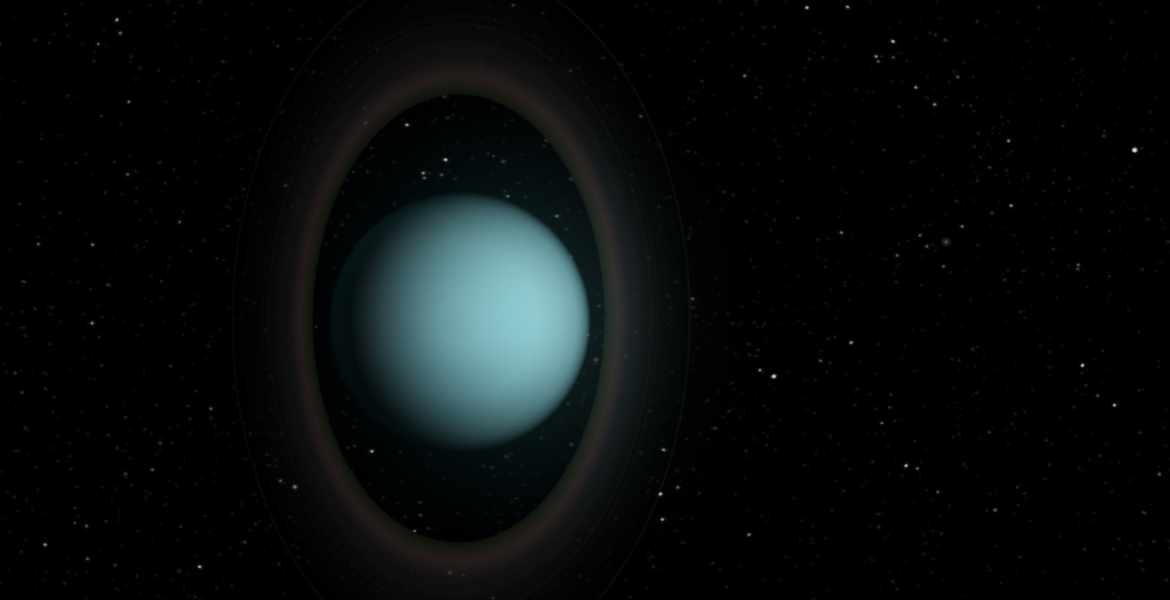What happens inside a black hole stays inside a black hole, but what happens inside a black hole’s “sphere of influence” – the innermost region of a galaxy where a black hole’s gravity is the dominant force – is of intense interest to astronomers and can help determine the mass of a black hole as well as its impact on its galactic neighborhood....




